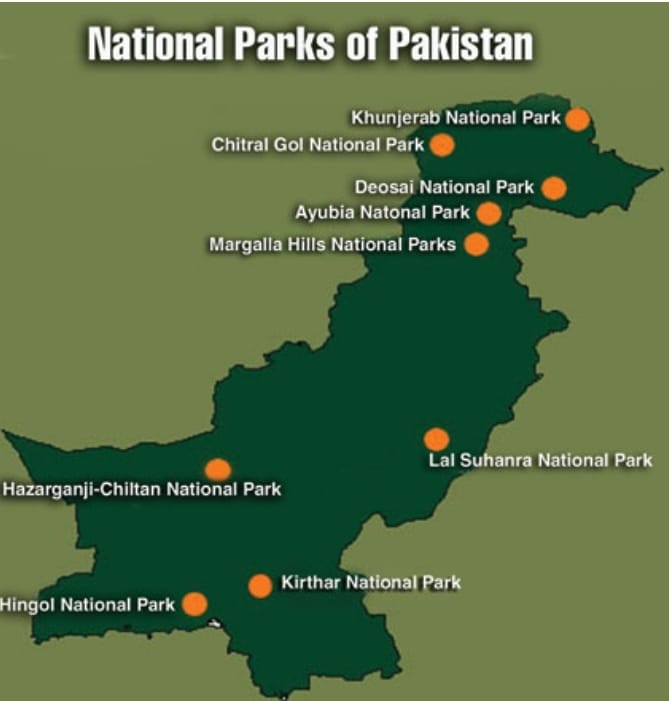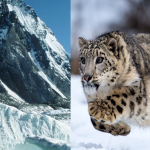Top National Parks to Visit in Pakistan
Presented by Rikhtiya – “Discovering Secret Facts”
- 🌲 1. Khunjerab National Park (Gilgit-Baltistan)
- 🌿 2. Hingol National Park (Balochistan)
- 🦌 3. Deosai National Park (Skardu)
- 🐻 4. Ayubia National Park (Khyber Pakhtunkhwa)
- 🦅 5. Margalla Hills National Park (Islamabad)
- 🐊 6. Kirthar National Park (Sindh)
- 🐆 7. Lal Suhanra National Park (Bahawalpur, Punjab)
- 🌳 8. Chitral Gol National Park (Khyber Pakhtunkhwa)
- 🦜 9. Hazarganji-Chiltan National Park (Balochistan)
- 🌄 10. Saiful Mulook National Park (Kaghan Valley)
Introduction
Pakistan is a land of breathtaking natural diversity, ranging from snow-capped mountains and alpine forests to coastal mangroves and vast deserts. While many travelers are familiar with the country’s cultural landmarks, few explore its hidden ecological treasures: national parks. These protected areas are home to endangered species, unique ecosystems, and incredible landscapes waiting to be discovered.
At Rikhtiya we believe in “Discovering Secret Facts” — and that includes bringing to light the ecological wonders that define Pakistan’s untamed beauty. Whether you’re a nature lover, wildlife photographer, hiker, or simply an adventurer at heart, Pakistan’s national parks offer real, raw, and unforgettable experiences.
Let’s take you on a fact-based journey through the top national parks in Pakistan you must visit.
🌲 1. Khunjerab National Park (Gilgit-Baltistan)
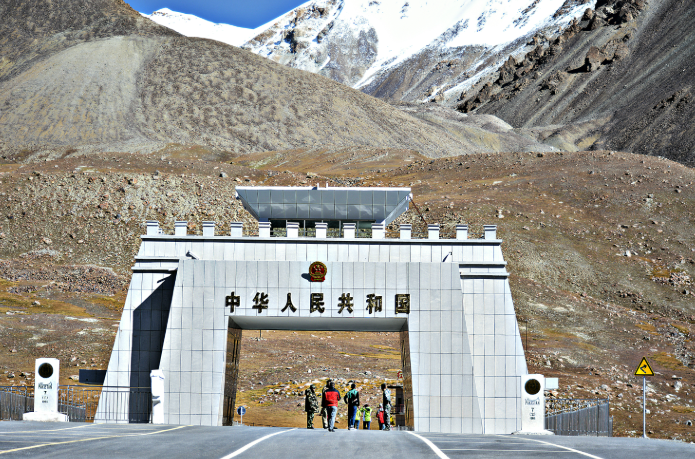
Located at the China-Pakistan border in the Karakoram range, Khunjerab National Park is one of the highest-altitude parks in the world. At elevations over 4,000 meters, it is a sanctuary for rare species like the snow leopard, Himalayan ibex, and Marco Polo sheep.
Best time to visit: May to September
Highlights: Scenic mountain views, wildlife spotting, Khunjerab Pass
Fun Fact: This park is part of the China-Pakistan Economic Corridor (CPEC) eco-tourism route.
🌿 2. Hingol National Park (Balochistan)
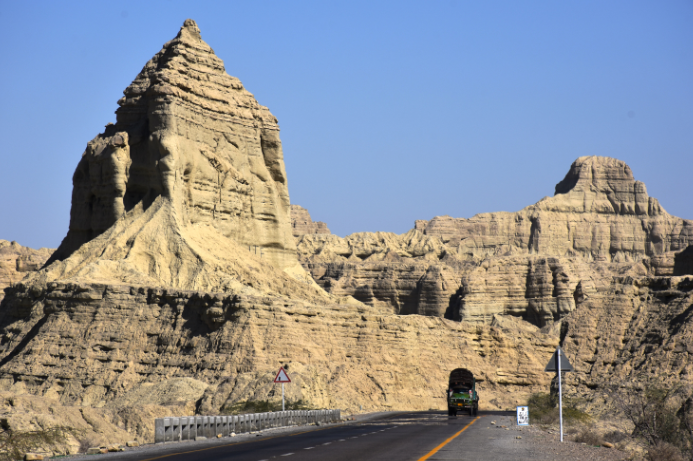
Pakistan’s largest national park, Hingol, covers over 6,000 square kilometers of mountains, deserts, coastal cliffs, and the stunning Makran coastline. It’s home to Balochistan’s wild goats, ibexes, marsh crocodiles, and hundreds of migratory birds.
Best time to visit: October to March
Highlights: Princess of Hope rock formation, mud volcanoes, Hinglaj Mata temple
Fun Fact: Despite being in a desert, Hingol is rich in marine biodiversity.
🦌 3. Deosai National Park (Skardu)
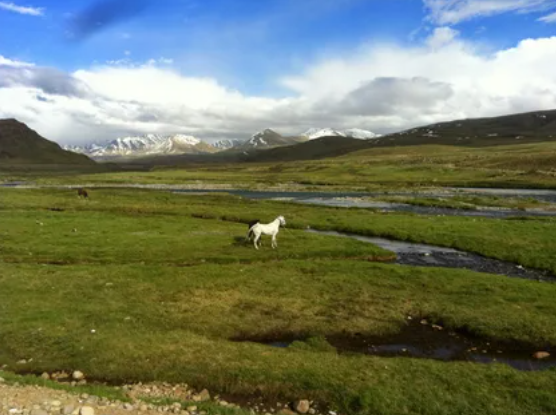
Known as the “Land of Giants,” Deosai is a high-altitude plateau full of wildflowers, marmots, and golden eagles. At over 4,000 meters, it turns into a blooming paradise in summer and a frozen wonderland in winter.
Best time to visit: June to August
Highlights: Sheosar Lake, panoramic landscapes, stargazing
Fun Fact: It’s one of the best places in Pakistan for astro-tourism due to low light pollution.
🐻 4. Ayubia National Park (Khyber Pakhtunkhwa)
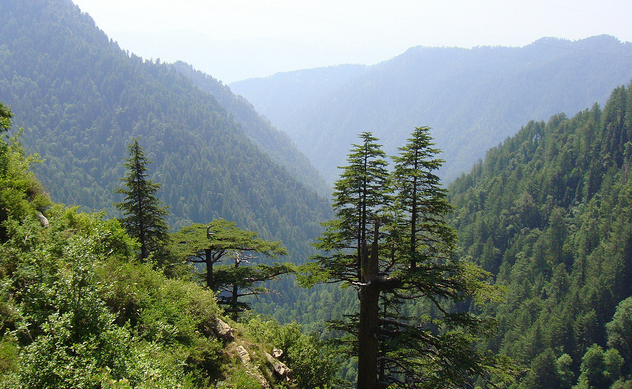
Located near Murree and Nathiagali, Ayubia is a beautiful forested park in the Hazara region. It’s a prime spot for leopards, black bears, flying squirrels, and numerous bird species.
Best time to visit: March to October
Highlights: Pipeline walking trail, chairlift, pine forests
Fun Fact: The park is named after former president Ayub Khan and spans over 3,000 hectares.
🦅 5. Margalla Hills National Park (Islamabad)
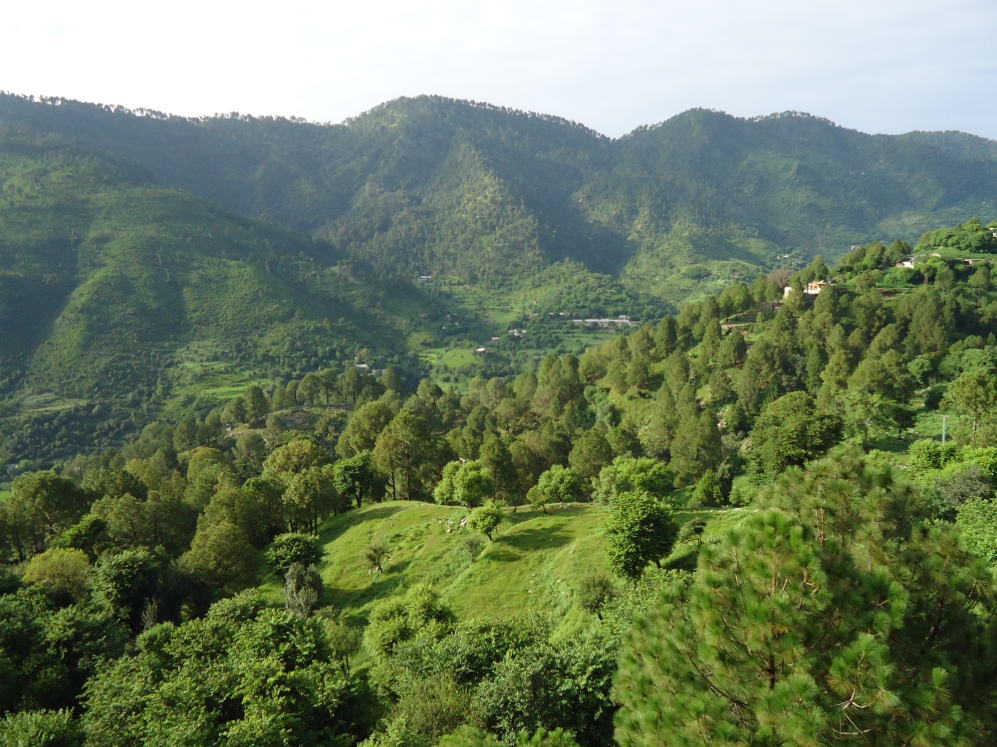
Situated right behind the capital city, Margalla Hills is Pakistan’s most accessible national park. It’s a biodiversity hotspot that offers trekking, birdwatching, and picnics with a view of Islamabad.
Best time to visit: Year-round
Highlights: Trail 3, Trail 5, Daman-e-Koh viewpoint
Fun Fact: Over 600 plant species and 250 animal species live here.
🐊 6. Kirthar National Park (Sindh)
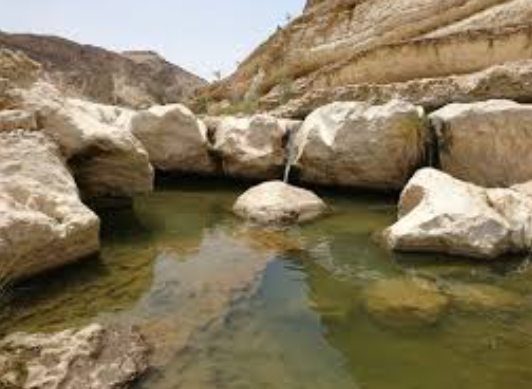
Covering over 3,000 sq km, Kirthar National Park stretches across the Kirthar mountain range in Sindh. It’s a haven for Sindh ibex, striped hyenas, leopards, and even mugger crocodiles.
Best time to visit: October to March
Highlights: Rani Kot Fort (the “Great Wall of Sindh”), rugged terrain, desert ecosystems
Fun Fact: It was Pakistan’s first national park to be included in the UN List of National Parks.
🐆 7. Lal Suhanra National Park (Bahawalpur, Punjab)
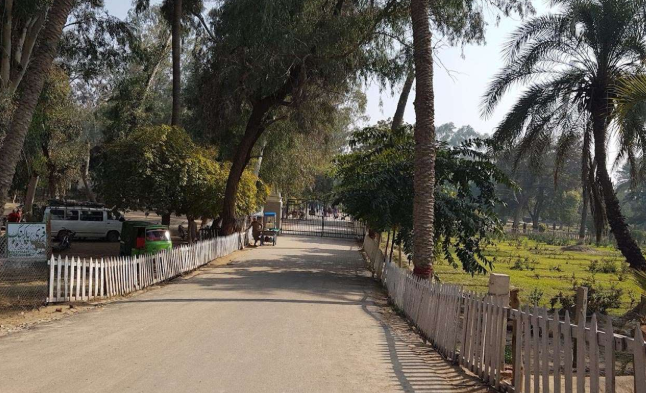
One of the few parks with desert, forest, and wetland ecosystems in one location. It shelters chinkara deer, blackbuck, and desert cats.
Best time to visit: November to February
Highlights: Panjnad River views, safaris, eco huts
Fun Fact: It’s over 165,000 acres, making it one of the largest parks in South Asia.
🌳 8. Chitral Gol National Park (Khyber Pakhtunkhwa)
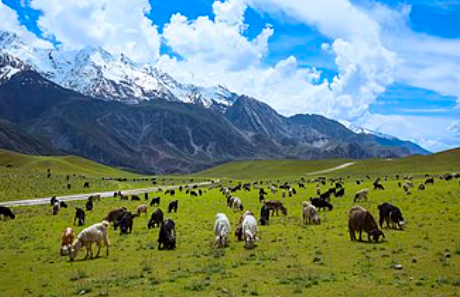
Nestled in the Hindu Kush Mountains, this park is famous for its population of markhors (national animal of Pakistan) and snow leopards.
Best time to visit: April to October
Highlights: Markhor sightings, pine-covered slopes, glaciers
Fun Fact: The park is named after the Gol (valley) River that runs through it.
🦜 9. Hazarganji-Chiltan National Park (Balochistan)
Located ne
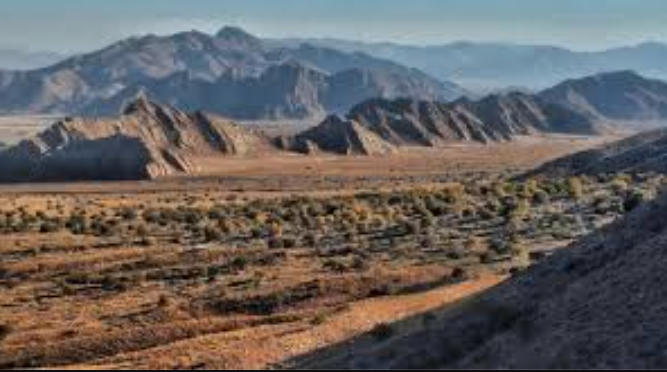
ar Quetta, this park protects the endemic Chiltan Markhor, found nowhere else in the world.
Best time to visit: Spring and Autumn
Highlights: Mountain trails, wildlife watching, historic caves
Fun Fact: “Hazarganji” means “of a thousand treasures,” hinting at ancient trade routes.
🌄 10. Saiful Mulook National Park (Kaghan Valley)
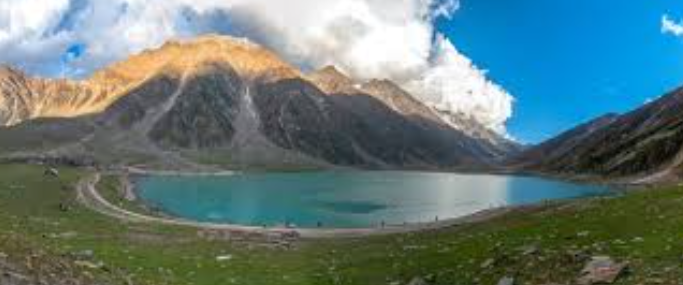
Centered around the enchanting Lake Saiful Mulook, this park offers alpine beauty, glacial lakes, and stunning meadows.
Best time to visit: May to September
Highlights: Lake Saiful Mulook, Ansoo Lake, glacier views
Fun Fact: The lake is steeped in folklore and is considered one of the most beautiful in South Asia.
🌍 Why Pakistan’s National Parks Matter
Pakistan’s national parks are not just tourist spots — they’re vital for biodiversity, climate resilience, and eco-tourism. These parks protect endangered species, regulate air and water quality, and offer economic opportunities through tourism. However, they face ongoing threats including illegal logging, encroachment, and climate change.
At Rikhtiya, our goal is to bring awareness to these natural wonders by Discovering Secret Facts that help people reconnect with nature and appreciate the reality behind the beauty.
✅ Conclusion: Your Gateway to Nature
From the alpine meadows of Deosai to the dry plateaus of Hingol, Pakistan’s national parks are a testament to the country’s rich and diverse natural heritage. Whether you’re seeking solitude, photography, hiking, or wildlife, these protected areas offer something for every explorer.
Follow Rikhtiya as we continue to uncover real-world wonders, one story at a time.

